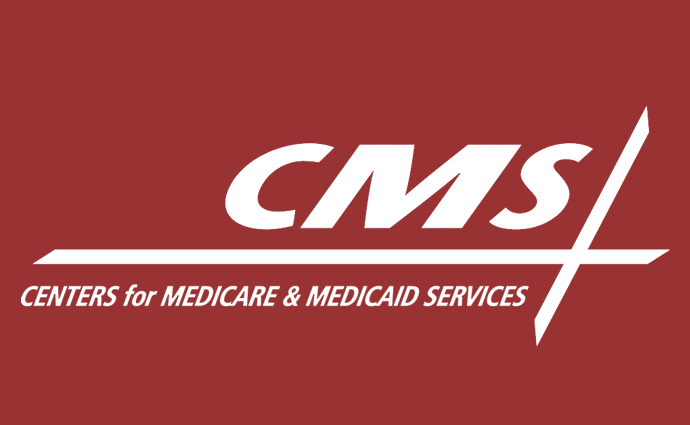CMS Advances Healthcare Price Transparency With Comparison Tool
In an effort to improve healthcare price transparency, CMS launched a tool that allows consumers to compare Medicare prices for surgical procedures.

Source: Xtelligent Healthcare Media
- CMS is advancing its healthcare price transparency efforts through a new online tool that allows healthcare consumers to compare Medicare payments and copayments for certain surgical procedures.
The recently launched Procedure Price Lookup tool permits consumers to view the average price Medicare pays for surgical procedures performed in both hospital outpatient departments and ambulatory surgical centers. Consumers will also be able to access the average copayment amount that beneficiaries with no Medicare supplemental insurance would pay for the surgery.
“Working with their clinicians, the Procedure Price Lookup will help patients with Medicare consider potential cost differences when choosing where to have a medical procedure that best meets their needs,” CMS Administrator Seema Verma stated in an official press release.
Healthcare price transparency is at the top of the Trump Administration’s priority list. Earlier this year, the administration finalized a new requirement that will require hospitals participating in Medicare to publish a list of their standard charges online.
And Verma said in an exclusive interview with HealthITAnalytics.com that the hospital requirement was just the beginning of new healthcare price transparency initiatives from CMS.
“If you’re buying a car or pretty much anything else, you’re able to do some research. You’re able to know what the quality is. You’re able to make comparisons. Why shouldn’t we be able to do that in healthcare? Every healthcare consumer wants that,” she said.
“As people are paying more for their healthcare, they’re demanding more. They want quality and price transparency. This is just a response to the needs of patients,” she added.
Shortly after the interview, the administration went on to end the practice of gag clauses in pharmacy contracts and proposed to require pharmaceutical companies to disclose the list price of their drugs in direct-to-consumer advertisements.
The administration also launched the eMedicare initiative, which included the launch of an interactive online decision support tool designed to help beneficiaries understand cost and quality information, as well as assess their Medicare coverage options. The tool specifically allows individuals to compare the cost differences between Medicare Advantage and traditional Medicare through a mobile-optimized out-of-pocket cost calculator.
The Procedure Price Lookup tool is another effort part of the administration’s push for healthcare price transparency, Verma explained in a new official blog post.
“This Procedure Price Lookup tool is needed because the law requires that Medicare maintain multiple separate payment systems for different types of healthcare providers, meaning both CMS and patients pay vastly different amounts for the same service, depending on the site of care,” she wrote.
“This is also a prime example of Medicare’s misaligned financial incentives, under which providers can make more money if they treat patients at one location as opposed to another,” she continued. “For example: a Medicare beneficiary needs knee surgery, and her surgeon offers her the choice to have the surgery in the local hospital’s outpatient department or at an independent surgery center. With this tool, the beneficiary can type in the type of surgery and see an estimate of the difference in out-of-pocket costs between the two settings.”
The Procedure Price Lookup tool will allow consumers to compare Medicare prices while the federal agency pushes Congress to correct the “misaligned financial incentives” through site-neutral payments. Site-neutral payments are another Trump Administration priority. The administration recently finalized a rule that will extend site-neutral payments to office visits delivered in the hospital outpatient setting despite industry pushback.
Verma reiterated in the blog post that CMS is “just getting started” with its healthcare price transparency tools and initiatives. And future efforts will focus more on developing consumer-friendly tools to empower beneficiaries with quality and cost information.
“Giving patients access to data is just the first step – we also need to drive towards consumer-friend tools presenting information that is both personal and actionable at the time people seek care. We need to meet patients where they are and integrate cost information into their health care decision making, making it easy for patients to analyze cost differences across all care options,” she concluded.
